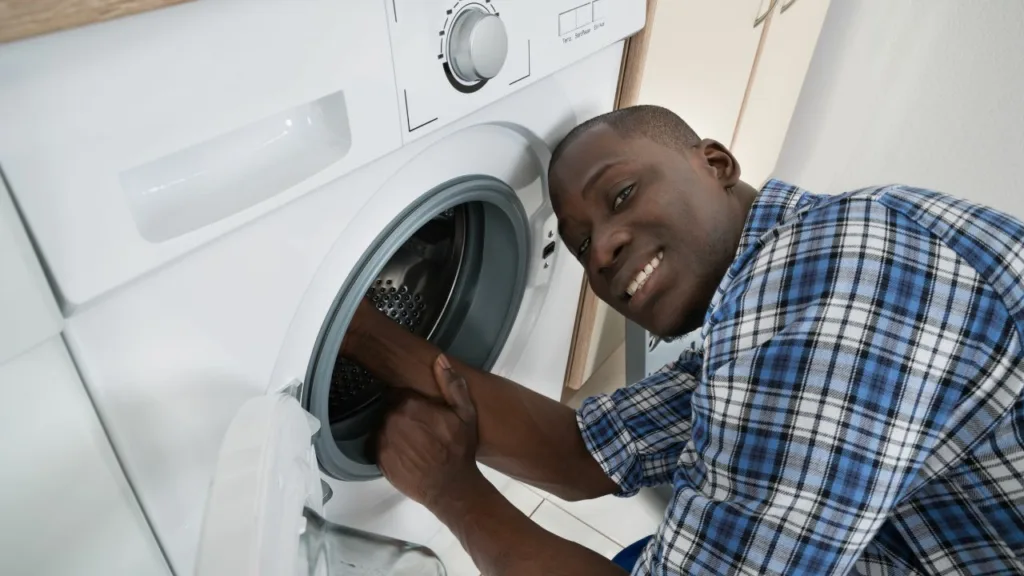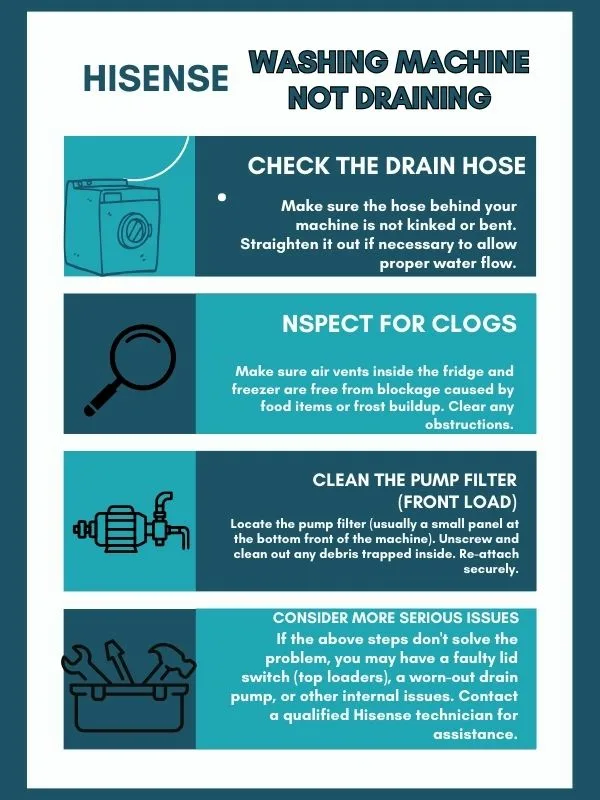
If you’ve noticed your washing machine taking longer than usual to fill up or clothes not coming out as clean, there might be a cause for concern – low water flow. While a minor inconvenience at first, persistently low water flow in your washing machine can significantly impact its function and longevity. In this blog, we’ll investigate the problems associated with low water flow in a washer and guide you on how to fix it.
Understanding the Impact of Low Water Flow
- Dissolving Detergent: Water is needed to dissolve and distribute detergent throughout the wash cycle, ensuring it works effectively.
- Agitation and Cleaning: Water provides the medium for clothes to move freely, creating the agitation that loosens and removes dirt and grime.
- Proper Rinsing: Without enough water, soap residue can remain on your clothes, causing irritation and leaving them looking dull.
How Low Water Flow Affects Washing Performance
When your washing machine suffers from low water flow, you’ll likely experience the following problems:
- Ineffective Cleaning: Your clothes may not come out as clean as you’d expect, and you may notice lingering stains or odors.
- Extended Wash Cycles: The machine may sense the lack of water and compensate by running the wash cycle longer, wasting time and energy.
- Soap Residue: Leftover detergent residue can make your clothes feel stiff or attract more dirt.
Potential Damage to the Washing Machine
Besides hindering wash performance, low water flow can harm your washing machine over time:
- Pump Strain: The washing machine’s pump has to work harder to draw water, leading to premature wear and tear.
- Component Wear: Other components like valves and hoses are also strained due to the constant struggle to get enough water.
- Control Board Malfunction: In some cases, the control board may misinterpret the low flow as a sensor failure, causing errors and malfunctions.
Reasons for Low Water Flow
Several causes can contribute to low water flow in your washing machine:
- Clogged Inlet Filters or Hoses: Lint, debris, or mineral buildup can restrict the water flow into your washing machine at the inlet filters or within the hoses.
- Faulty Water Inlet Valve: The water inlet valve controls the water entering the machine. A faulty valve may not open fully or might even be stuck closed.
- Water Pressure Issues: General low water pressure in your home can directly affect the flow to your washing machine.
Risks of Continuously Using a Washing Machine with Low Water Flow
How do I fix slow water flow on a washing machine?
- Poor Cleaning Results: You’ll continue to face subpar washing, potentially leading to rewashing cycles and frustration.
- Increased Wear and Tear on the Machine: The stress on the machine will likely shorten its lifespan, leading to costly repairs or the need for early replacement.
- Potential Mold and Mildew Growth: Residual moisture and soap in clothes that haven’t been rinsed thoroughly can create a breeding ground for mold and mildew, producing unpleasant odors.
How to Address Low Water Flow in a Washing Machine
How do I fix slow water flow on a washing machine?
- Checking and Cleaning Inlet Filters and Hoses: Start by disconnecting the inlet hoses and inspecting the small filter screens where they connect to the machine. Clean out any debris and rinse them thoroughly. Consider rinsing your hoses as well in case a blockage formed further down.
- Testing and Replacing the Water Inlet Valve: If your filters and hoses are clear, a faulty inlet valve may be the culprit. Testing this usually requires a multimeter and appliance repair knowledge. Replacement water inlet valves for most machines are readily available.
- Adjusting Water Pressure Settings: Check your home’s water main and any pressure regulator to ensure it’s set correctly. If necessary, have a plumber evaluate if your overall water pressure is low.


